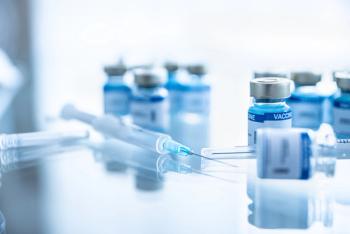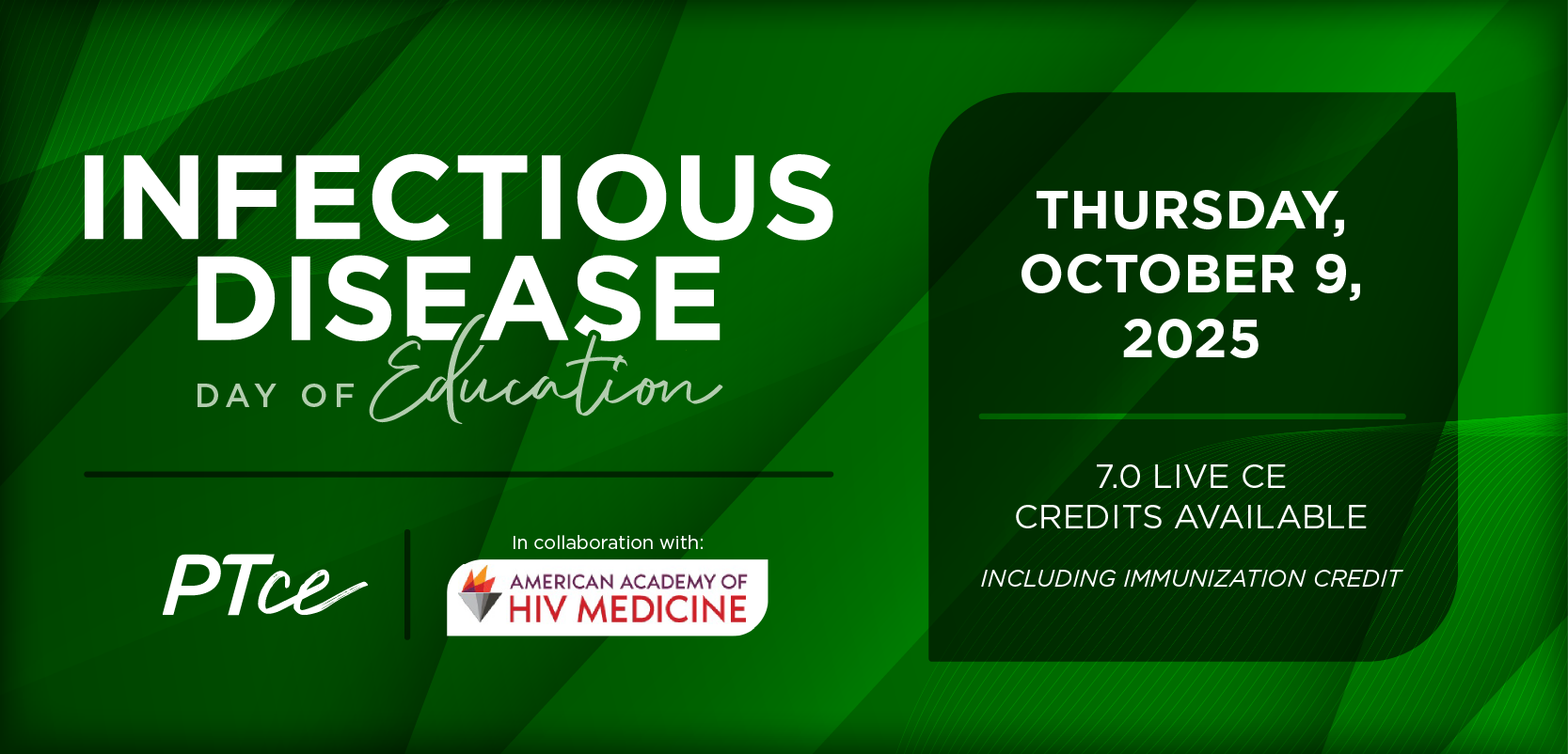
- April 2012 Allergy and Asthma
- Volume 78
- Issue 4
Relieving the Discomfort of Dry Eye
Ocular lubricants can be an appropriate recommendation for this common condition.
Ocular lubricants can be an appropriate recommendation for this common condition.
Pharmacists are likely to encounter patients seeking counsel about managing and treating episodes of dry eye, which occurs when the eye does not produce tears properly or when the tears evaporate too quickly.1,2 Dry eye can be a temporary or chronic condition and is considered to be the most common disorder affecting the anterior eye.1
An estimated 5 million people in the United States 50 years or older experience dry eye.2 Although this condition is often attributed to the aging process, it occurs more often in women than men, and is especially common in postmenopausal women.2,3 Dry eye can occur during pregnancy or result from conditions including a defect in the eyelid, Sjögren’s syndrome, lupus, loss of lid tissue turgor, corneal defects, rheumatoid arthritis, diabetes, and thyroid disease.1-7
Pharmacologic agents such as those with anticholinergic properties (eg, antihistamines and antidepressants), diuretics, beta-blockers, oral contraceptives, and decongestants can also cause dry eye in some patients, and pharmacists are in a pivotal position to identify those patients at increased risk of developing dry eye.1-3 Women taking hormone replacement therapy may also experience dry eye.2,4 Women taking only estrogen are 70% more likely to experience dry eye, whereas those taking estrogen and progesterone have a 30% increased risk of developing dry eye.2 Dry eye can also be exacerbated by allergens or environmental conditions such as smoke, dry climate, or heating or air conditioning systems that decrease relative humidity, which can increase the evaporation of tears.1-7 Table 1 presents other possible causes of dry eye.
Treatment
Treatment begins with first identifying the possible cause for dry eye and taking into account the severity of dry eye. Mild to moderate cases of dry eye can be easily managed and are amenable to self-treatment, but pharmacists should always encourage patients with more serious conditions to seek immediate medical attention to prevent further complications. Table 2 provides examples of nonpharmacologic measures that patients with dry eye can take.
In general, the primary treatment of mild episodes of dry eye includes the use of ocular lubricants (Table 3) as well as various nonpharmacologic measures, including patient education, modifications of environmental conditions if possible, elimination of offending topical or systemic medications if appropriate, and the use of omega-3 fatty acid supplements.1-3
Artificial Tears
Mild to moderate cases of dry eye can often be managed effectively by using ocular lubricants. Ocular lubricants such as artificial tear solutions contain preservatives and inorganic electrolytes to achieve tonicity and sustain pH, as well as water-soluble polymeric systems.1 Newer artificial tear products stabilize tear film, protect corneal and conjunctival cells, decrease tear evaporation, and enhance wound healing and lubrication of the ocular surface.1 Preservative-free products are available as well, and studies have shown that they are less likely to irritate the ocular surface than products with preservatives.3 Patients should be advised to adhere to the manufacturer’s recommendations with regard to the products’ administration, storage, and shelf life.1 Artificial tear solutions typically contain enhancing agents, such as carboxymethylcellulose, glycerin, hydroxyethyl cellulose, hydroxypropyl methylcellulose, methylcellulose, polycarbophil, polyethylene glycol 400, polysorbate 80, and polyvinyl alcohol 1.4%.1,3
In general, patients with mild cases of dry eye instill artificial tears once or twice daily, typically in the morning and again before bedtime. For more severe cases of dry eye, patients may be instructed to use artificial tears 3 to 4 times per day or as often as needed.1
Patients who do not experience relief should be encouraged to consult their primary health care provider. Patients should be reminded that artificial tear products containing preservatives may cause allergic reactions and should be immediately discontinued if a reaction occurs.1 Artificial tear products can also be refrigerated to provide additional soothing comfort upon instillation.1
Nonmedicated Ophthalmic Ointments
Nonmedicated ointments are the mainstay in treating minor ophthalmic disorders such as dry eye and minor eye irritation.1 The primary ingredients in nonprescription ophthalmic ointments are white petrolatum 60%, which acts as a lubricant and an ointment base; mineral oil 40%, which assists the ointment in melting at body temperature; and lanolin, which aids in the absorption of water-soluble medications and inhibits evaporation.1
Typically, these products are administered twice daily, but can be administered more often depending upon the patient’s needs.1 Because patients sometimes report episodes of blurred vision when using ophthalmic ointments, many patients may prefer to administer them before bedtime to keep eyes moist during sleep and decrease dry eye symptoms upon waking.1
Conclusion
During counseling, patients should be educated about the proper administration of products to treat dry eye. Patients should also be advised to immediately contact their primary health care provider if their condition does not improve or shows signs of worsening.
Patients with persistent or severe cases of dry eye should be encouraged to discuss other treatment options with their primary health care provider, such as the prescription medication cyclosporine (Restasis), and to incorporate nonpharmacologic measures for decreasing dry eye into their routines when warranted.
Ms. Terrie is a clinical pharmacy writer based in Haymarket, Virginia.
References
- Fiscella R, Jensen M. Ophthalmic disorders. In: Krinsky D, Berardi R, Ferreri S, et al, eds. Handbook of Nonprescription Drugs. 17th ed. Washington, DC: American Pharmacists Association; 2012.
- Facts about dry eye. National Institutes of Health’s National Eye Institute website. www.nei.nih.gov/health/dryeye/dryeye.asp#1. Accessed February 29, 2012.
- Dry eye. American Optometric Association website. www.aoa.org/x4717.xml. Accessed February 29, 2012.
- Keratoconjunctivitis sicca. Merck Manual for Health Care Professionals Online Edition. www.merckmanuals.com/home/eye_disorders/corneal_disorders/keratoconjunctivitis_sicca.html. Accessed February 29, 2012.
- Foster S. Dry eye syndrome. Medscape website. http://emedicine.medscape.com/article/1210417-overview. Accessed March 1, 2012.
- Tu EY, Rheinstrom S. Dry eye. In: Yanoff M, Duker JS, eds. Ophthalmology. 3rd ed. St. Louis, MO: Mosby Elsevier; 2008:chapter 4.
- Carsons S. Sjögren’s syndrome. In: Firestein GS, Budd RC, Harris ED Jr, et al, eds. Kelley’s Textbook of Rheumatology. 8th ed. Philadelphia, PA: Saunders Elsevier; 2008:chapter 69.
Articles in this issue
over 13 years ago
Generic Drug Trends-What's Next?over 13 years ago
Generic Product Newsover 13 years ago
Generic Newsover 13 years ago
Outlook: Obesityover 13 years ago
Learning from the Addiction-Related Deaths of Celebritiesover 13 years ago
Rx Product NewsNewsletter
Stay informed on drug updates, treatment guidelines, and pharmacy practice trends—subscribe to Pharmacy Times for weekly clinical insights.





















































































































































































































